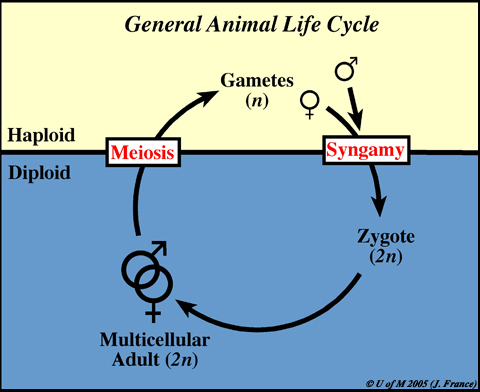Reproduction
Females and males both reach sexual maturity at 24
 months. Little
is known of the Kodkod’s reproductive behavior because of their
rarity (Acosta-Jamett et. al 2002). It is believed that males have multiple mates considering
their larger home ranges than females. These larger ranges allow the
males to come into contact with more than one mate (Dunstone et.
al 2002). Gestation is thought to be 72-78 days, and
one to four kittens are born. A breeding interval or season has not
been determined (Encyclopedia of Life 2012). After birth, it is figured, like other small cats,
the females provide the care. They provide lactation for the
kittens, and they possibly teach the young to hunt (International
Society for Endangered Cats 2013).
months. Little
is known of the Kodkod’s reproductive behavior because of their
rarity (Acosta-Jamett et. al 2002). It is believed that males have multiple mates considering
their larger home ranges than females. These larger ranges allow the
males to come into contact with more than one mate (Dunstone et.
al 2002). Gestation is thought to be 72-78 days, and
one to four kittens are born. A breeding interval or season has not
been determined (Encyclopedia of Life 2012). After birth, it is figured, like other small cats,
the females provide the care. They provide lactation for the
kittens, and they possibly teach the young to hunt (International
Society for Endangered Cats 2013).
Figure 5. This image is of a kodkod kitten. It can be found at Imgur.
The kodkod follows the general animal life cycle. Adult animals
are multicellular organisms and their cells are labled as 2n
(dipliod). This means that there is a pair of each chromosome in the
animal's cells. To produce gametes, the reproductive cells (egg and
sperm), specialized cells must go through meiosis. The process of meiosis divides the 2n cell in half so it becomes n (hapliod). This
means that each chromosome does not have a matching partner. When
the organisms mate, the hapoild gamete from the female (egg), and
the haploid cell from the male (sperm) come together to form a
diploid cell. This dipoild cell, now called a zygote, is able to
divide and grow by mitosis. Mitosis allows the cells to divide, but
keep their diploid structure. The cells will continue to go through
mitosis until a viable kitten is born (Brooker 2012).
meiosis divides the 2n cell in half so it becomes n (hapliod). This
means that each chromosome does not have a matching partner. When
the organisms mate, the hapoild gamete from the female (egg), and
the haploid cell from the male (sperm) come together to form a
diploid cell. This dipoild cell, now called a zygote, is able to
divide and grow by mitosis. Mitosis allows the cells to divide, but
keep their diploid structure. The cells will continue to go through
mitosis until a viable kitten is born (Brooker 2012).
Figure 6. This is an image of a general animal life cycle. It shows
the process of zygote formation. It can be found at
Biology 1.
Head to the interactions page for more information, or go back to the homepage.